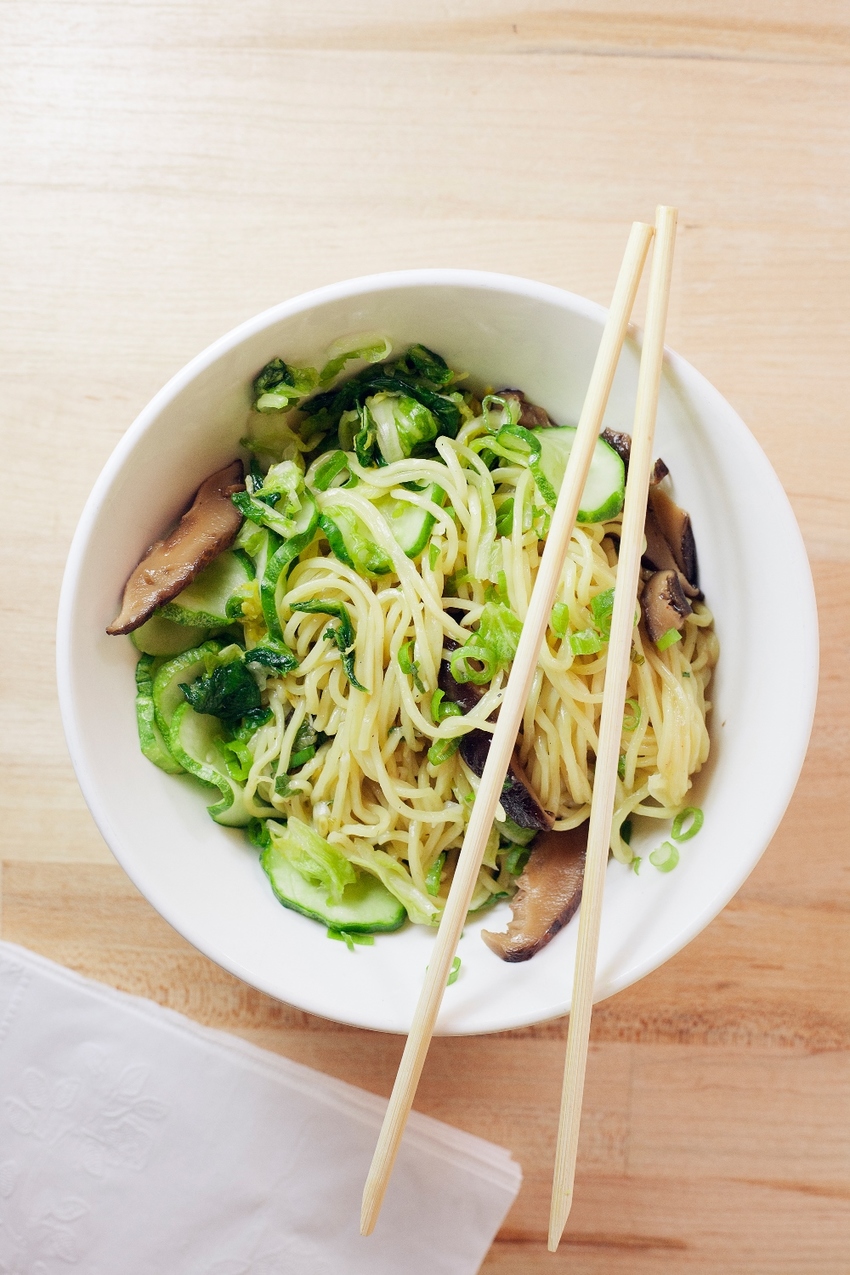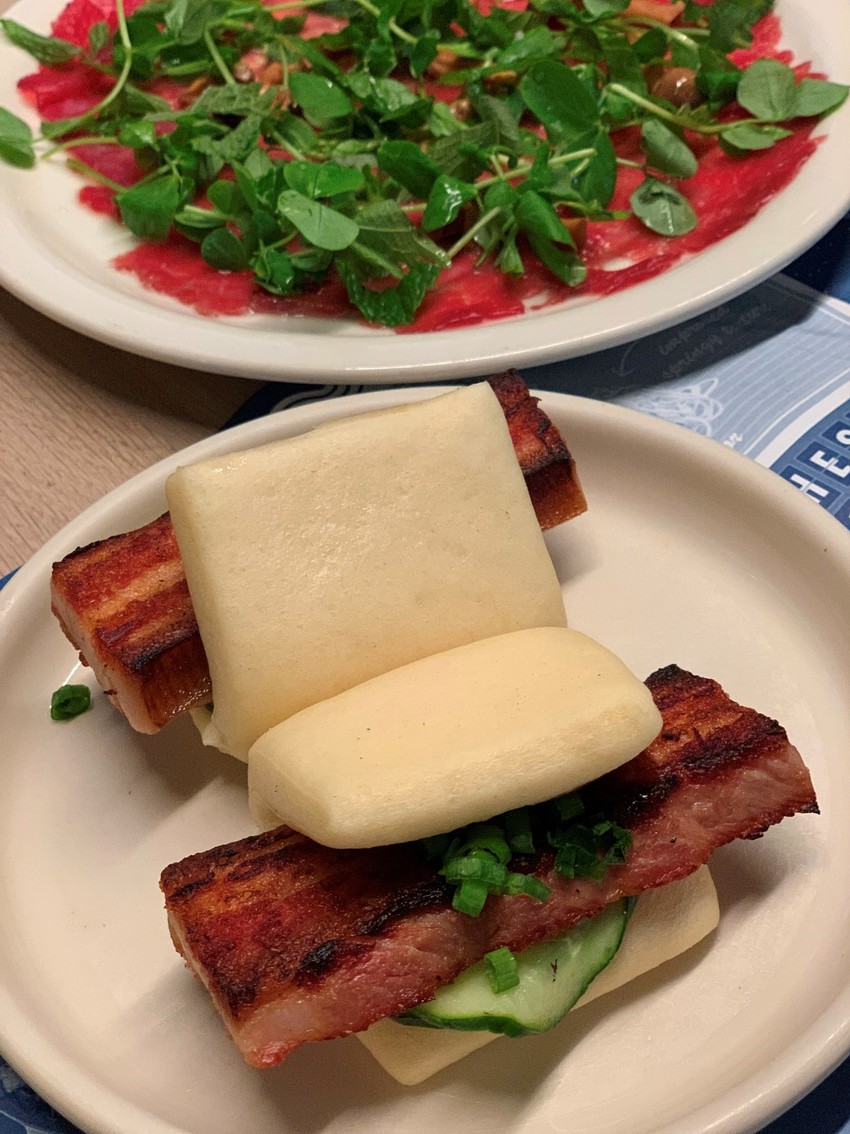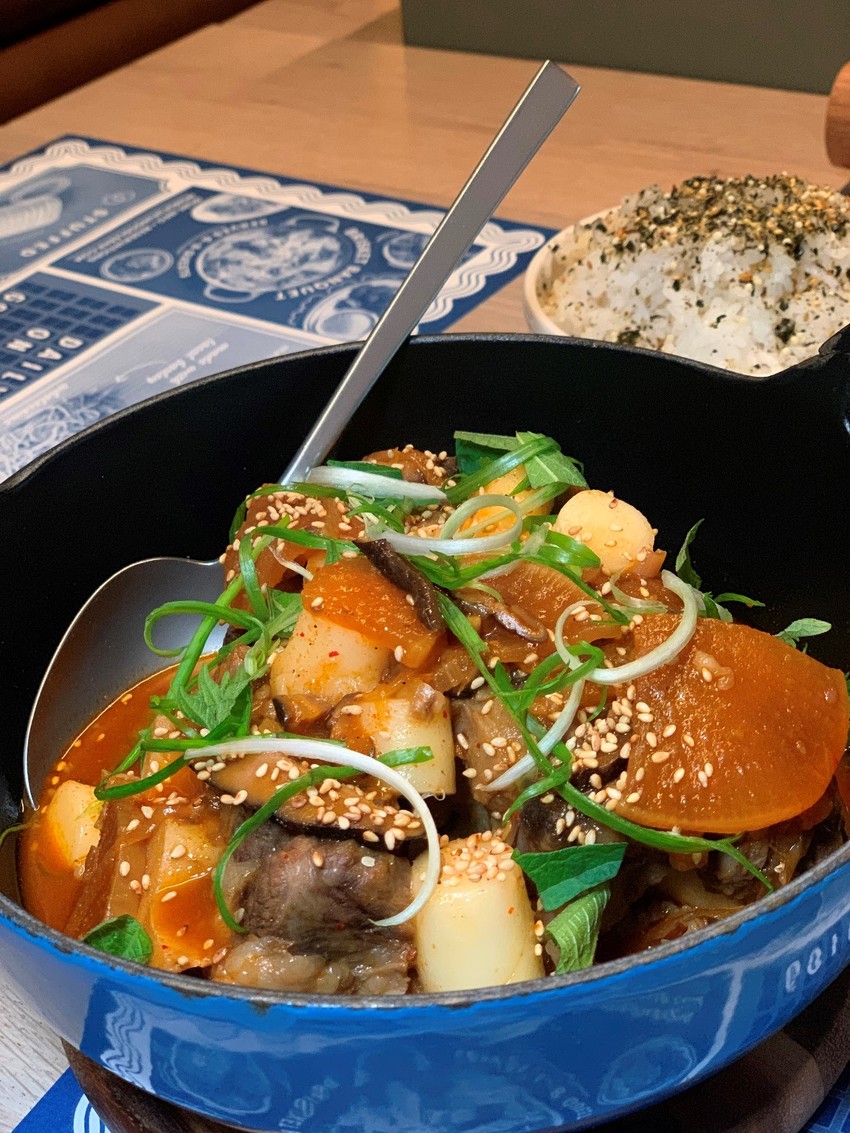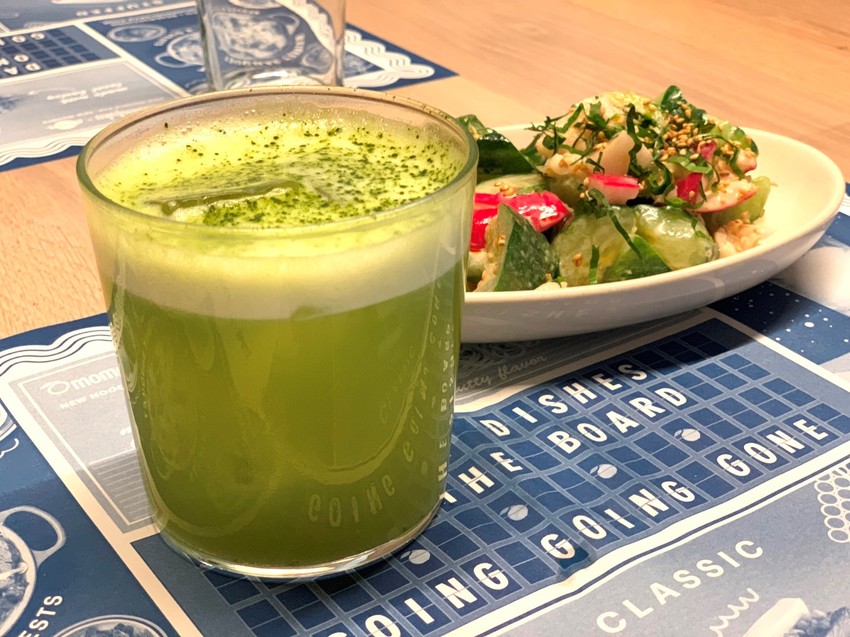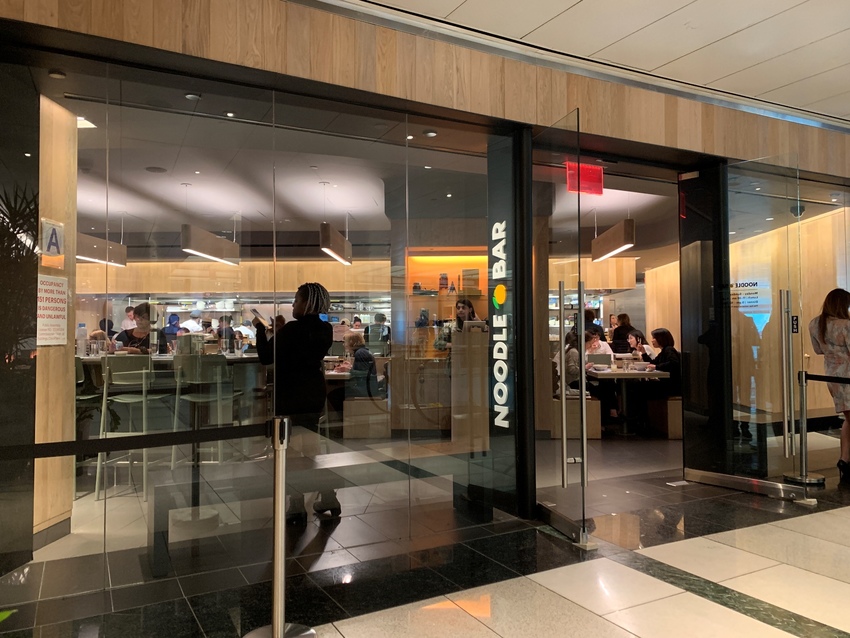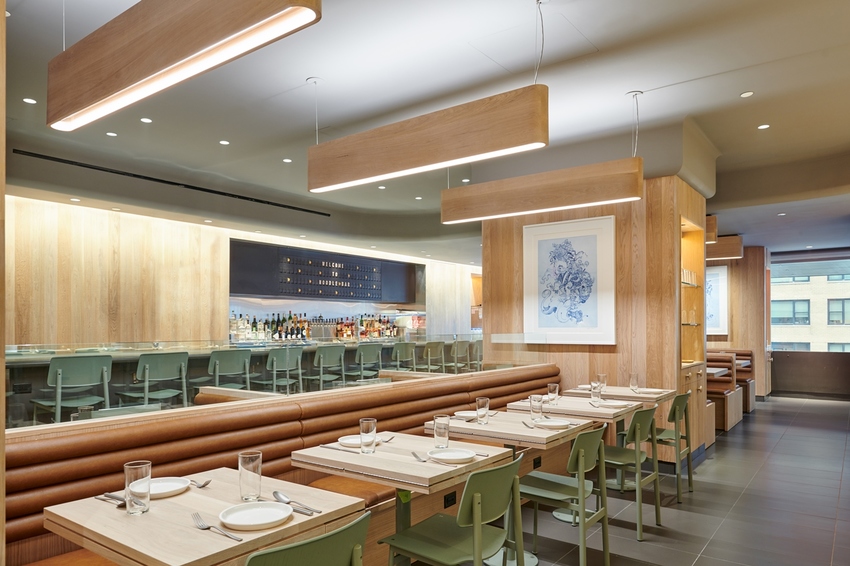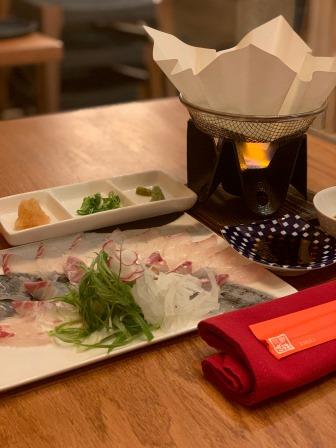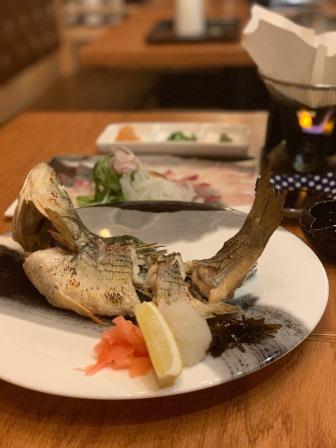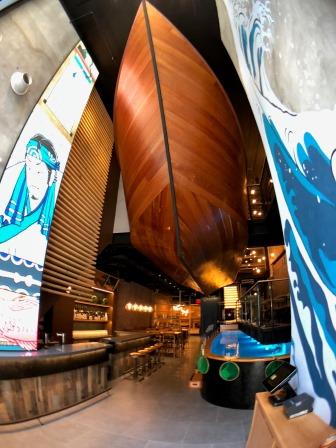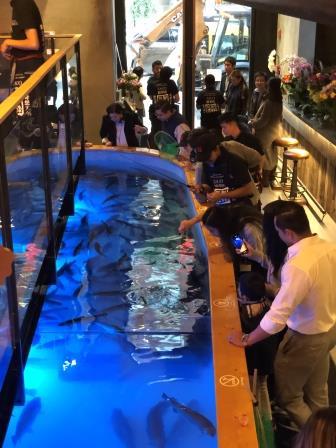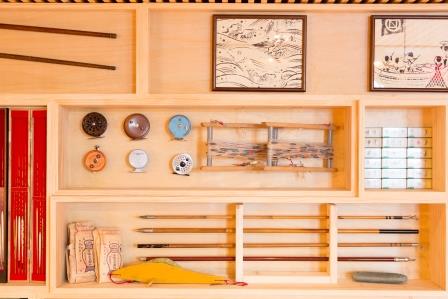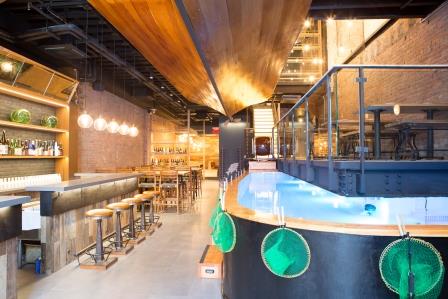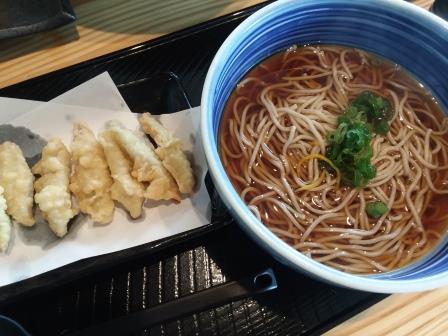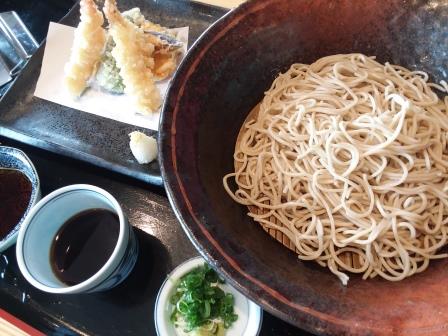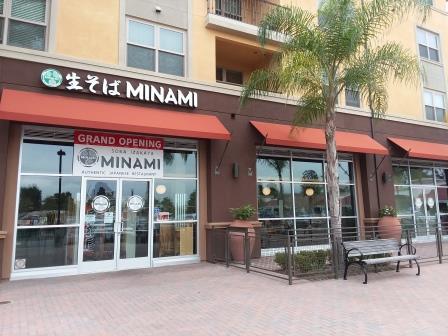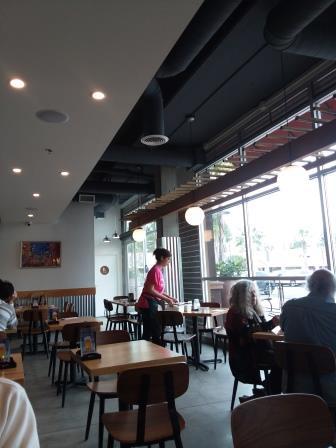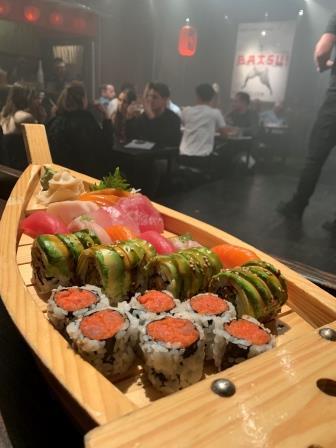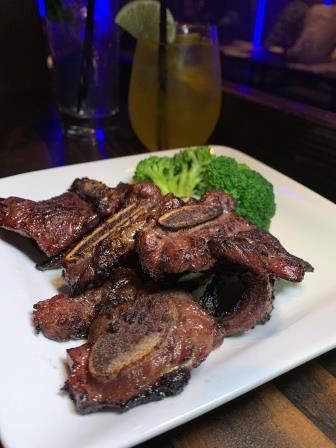“KANPAI – For the Love of Sake: Part I”
By Kosuke Kuji
Los Angeles-based Mirai Konishi produced “KANPAI – For the Love of Sake” from crowdfunding, released in 2015.
After a world premiere at the San Sebastian International Film Festival, the film was also screened at the Tokyo International Film Festival, Hawaii International Film Festival, and various film festivals domestic and abroad.
Starting from Iwate prefecture in 2016, the screening started north from Hokkaido, south from Okinawa, and continued on be screened and broadcast in 13 different countries.
Shinjoro Koizumi of The Liberal Democratic Party of Japan was said to be so moved by this film, he was driven to show it to fellow congressmen in his party, realized by a screening at The Liberal Democratic Party headquarters, further selected for broadcast in international flights with Japan Air Lines (JAL), widely viewed and loved nationwide.
This film is a documentary film on three outsiders. The main character is Philip Harper, Chief Brewer of “Tamagawa Brewery” in Kyoto prefecture, the first to assume this position in the world. The other main characters are John Gautner, a sake ambassador active in the U.S.; and myself, I manage a brewery.
In the U.S., the film was screened in Los Angeles in New York.
In Los Angeles, the Consul General hosted a screening party. This film had a great impact on sake fans in Japan and worldwide.
Currently, “KANPAI – For the Love of Sake” is currently available for viewing on Netflix, and the DVD is on sale on Amazon.
Due to the overwhelmingly positive review the film received, Director Konishi produced “KANPAI – For the Love of Sake 2,” and the screening started this year.
「映画カンパイ その1」
2015年、クラウドファンディングで作成されたロサンゼルス在住の小西未来監督の作品「カンパイー世界が恋する日本酒」。
サンセバスチャン国際映画祭でワールドプレミアを迎え、その後も東京国際映画祭、ハワイ国際映画祭など国内外数々の映画祭で上映されました。
2016年、岩手県を皮切りに、北は北海道から南は沖縄まで全国の映画館で上映がスタート、その後海外でも13か国で上映、配信が行われました。
自民党の小泉進次郎議員がこの映画に感激して、自民党の国会議員にこの映画を見せなければいけない、と奮起して、自民党本部での上映会も開催され、さらには、日本航空(JAL)が国際線の機内上映映画にも選んでくれて、日本中、そして世界中の方々に愛していただいたのが映画カンパイです。
この映画は3人のアウトサイダーな男達のドキュメンタリー。主人公は世界初の外国人杜氏である京都「玉川」の杜氏フィリップハーパー、酒伝道師としてアメリカで活躍するジョンゴントナー、そして蔵元の私です。
アメリカでもロサンゼルスとニューヨークで上映されました。
ロサンゼルスでは日本総領事館主催の上映記念パーティーまで行われ、日本、そして世界の日本酒好きに大きな影響を与えました。
今現在は、カンパイー世界が恋する日本酒はネットフリックスでの配信や、アマゾンでのDVD販売をしています。
この映画が大きな反響を受けた事から、小西未来監督は続編の「カンパイ2」の制作に着手して、見事2019年、「カンパイー日本酒に恋する女たち」が上映スタートになりました。
Los Angeles-based Mirai Konishi produced “KANPAI – For the Love of Sake” from crowdfunding, released in 2015.
After a world premiere at the San Sebastian International Film Festival, the film was also screened at the Tokyo International Film Festival, Hawaii International Film Festival, and various film festivals domestic and abroad.
Starting from Iwate prefecture in 2016, the screening started north from Hokkaido, south from Okinawa, and continued on be screened and broadcast in 13 different countries.
Shinjoro Koizumi of The Liberal Democratic Party of Japan was said to be so moved by this film, he was driven to show it to fellow congressmen in his party, realized by a screening at The Liberal Democratic Party headquarters, further selected for broadcast in international flights with Japan Air Lines (JAL), widely viewed and loved nationwide.
This film is a documentary film on three outsiders. The main character is Philip Harper, Chief Brewer of “Tamagawa Brewery” in Kyoto prefecture, the first to assume this position in the world. The other main characters are John Gautner, a sake ambassador active in the U.S.; and myself, I manage a brewery.
In the U.S., the film was screened in Los Angeles in New York.
In Los Angeles, the Consul General hosted a screening party. This film had a great impact on sake fans in Japan and worldwide.
Currently, “KANPAI – For the Love of Sake” is currently available for viewing on Netflix, and the DVD is on sale on Amazon.
Due to the overwhelmingly positive review the film received, Director Konishi produced “KANPAI – For the Love of Sake 2,” and the screening started this year.
「映画カンパイ その1」
2015年、クラウドファンディングで作成されたロサンゼルス在住の小西未来監督の作品「カンパイー世界が恋する日本酒」。
サンセバスチャン国際映画祭でワールドプレミアを迎え、その後も東京国際映画祭、ハワイ国際映画祭など国内外数々の映画祭で上映されました。
2016年、岩手県を皮切りに、北は北海道から南は沖縄まで全国の映画館で上映がスタート、その後海外でも13か国で上映、配信が行われました。
自民党の小泉進次郎議員がこの映画に感激して、自民党の国会議員にこの映画を見せなければいけない、と奮起して、自民党本部での上映会も開催され、さらには、日本航空(JAL)が国際線の機内上映映画にも選んでくれて、日本中、そして世界中の方々に愛していただいたのが映画カンパイです。
この映画は3人のアウトサイダーな男達のドキュメンタリー。主人公は世界初の外国人杜氏である京都「玉川」の杜氏フィリップハーパー、酒伝道師としてアメリカで活躍するジョンゴントナー、そして蔵元の私です。
アメリカでもロサンゼルスとニューヨークで上映されました。
ロサンゼルスでは日本総領事館主催の上映記念パーティーまで行われ、日本、そして世界の日本酒好きに大きな影響を与えました。
今現在は、カンパイー世界が恋する日本酒はネットフリックスでの配信や、アマゾンでのDVD販売をしています。
この映画が大きな反響を受けた事から、小西未来監督は続編の「カンパイ2」の制作に着手して、見事2019年、「カンパイー日本酒に恋する女たち」が上映スタートになりました。







